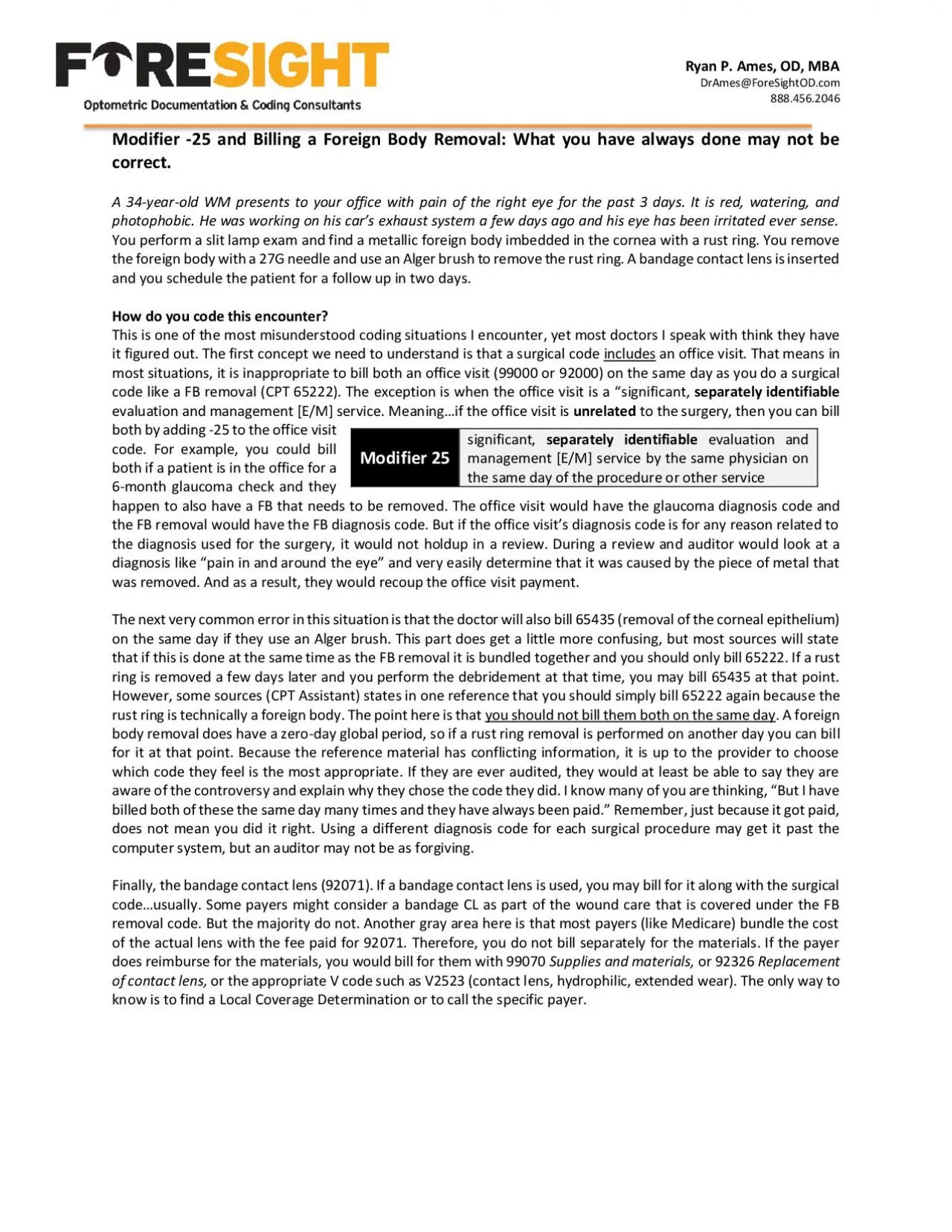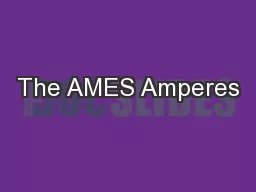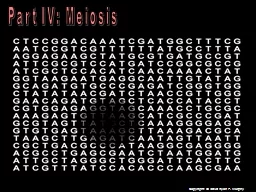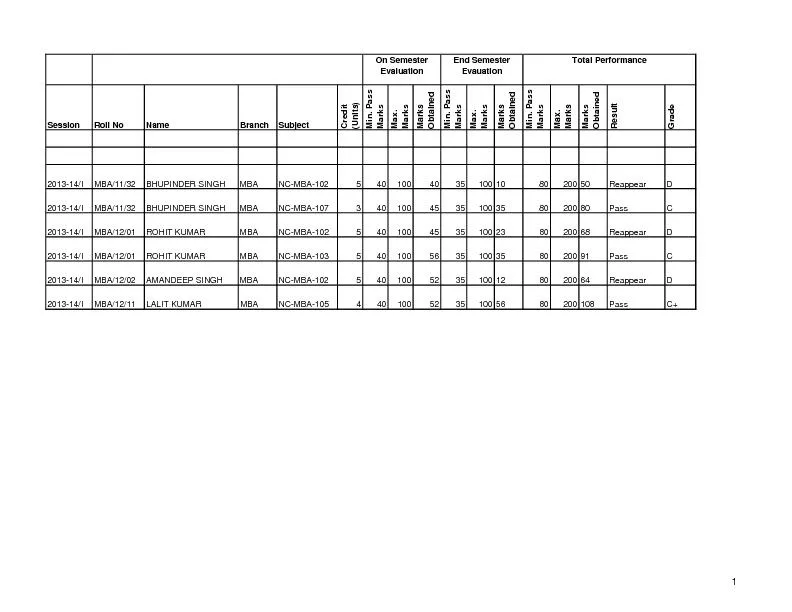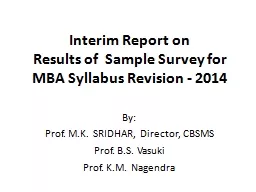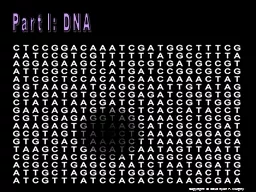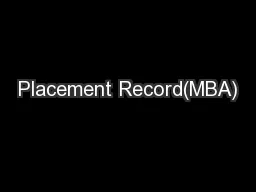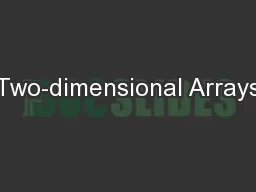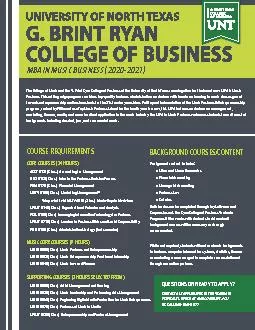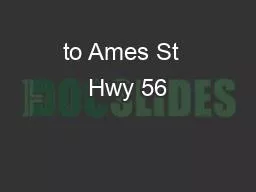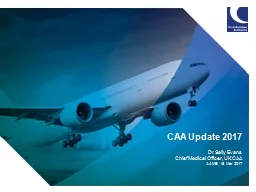PDF-Ryan P Ames OD MBA
Author : carla | Published Date : 2022-08-24
DrAmesForeSight ODcom 8884562046 Modifier 25 and Billing a Foreign Body Removal What you have always done may not be correct A 34 year old WM presents to your
Presentation Embed Code
Download Presentation
Download Presentation The PPT/PDF document "Ryan P Ames OD MBA" is the property of its rightful owner. Permission is granted to download and print the materials on this website for personal, non-commercial use only, and to display it on your personal computer provided you do not modify the materials and that you retain all copyright notices contained in the materials. By downloading content from our website, you accept the terms of this agreement.
Ryan P Ames OD MBA: Transcript
Download Rules Of Document
"Ryan P Ames OD MBA"The content belongs to its owner. You may download and print it for personal use, without modification, and keep all copyright notices. By downloading, you agree to these terms.
Related Documents

